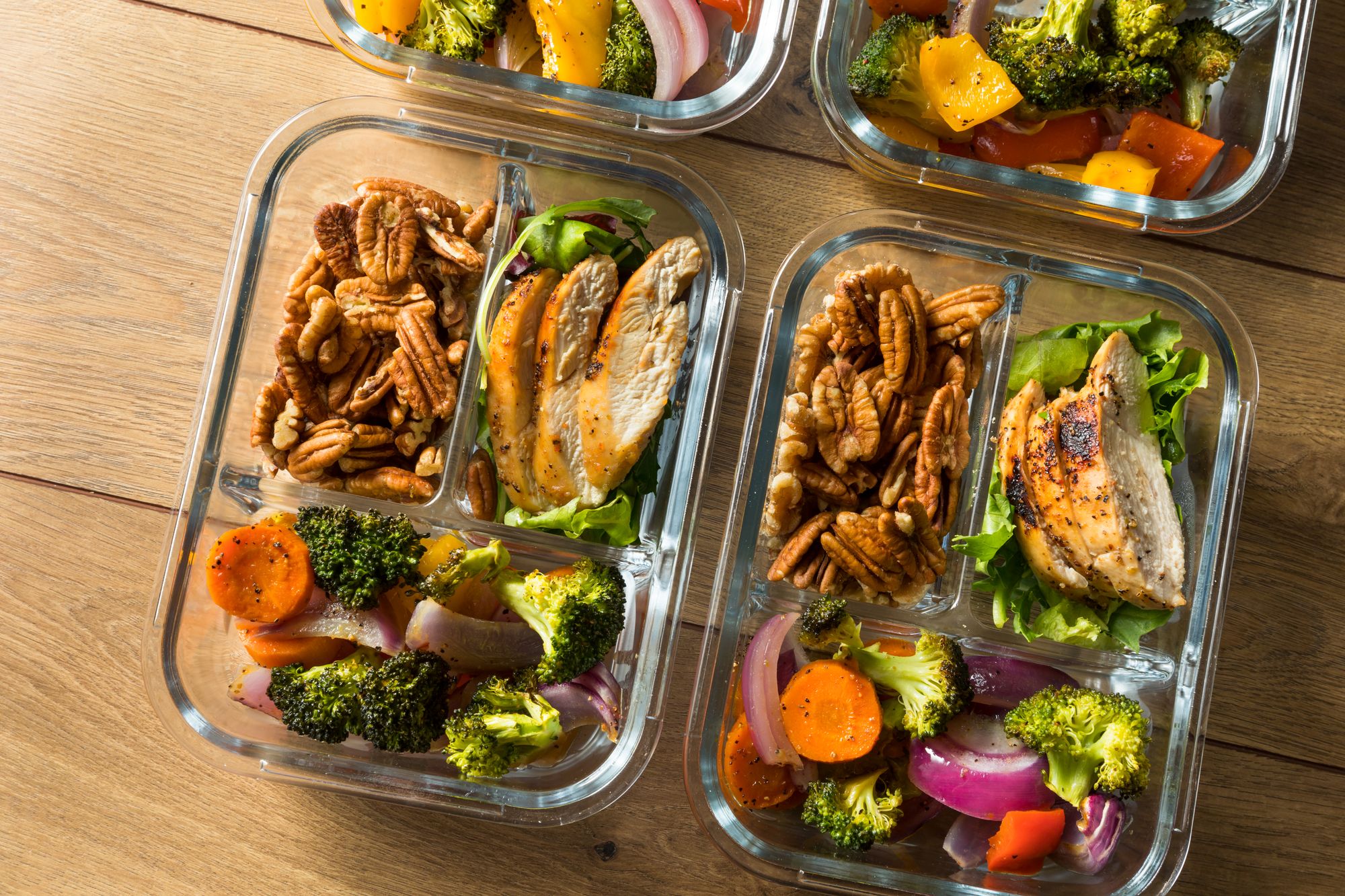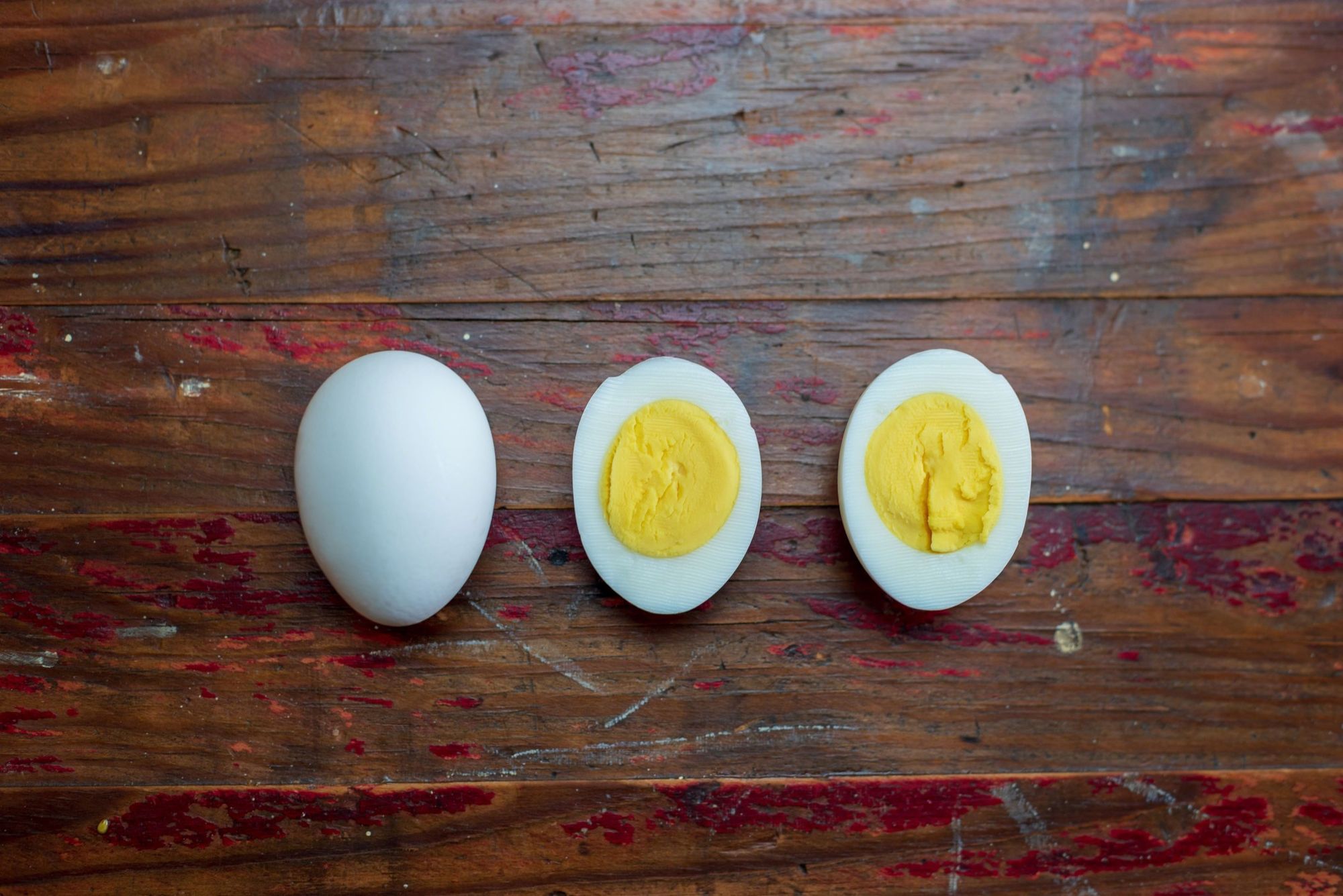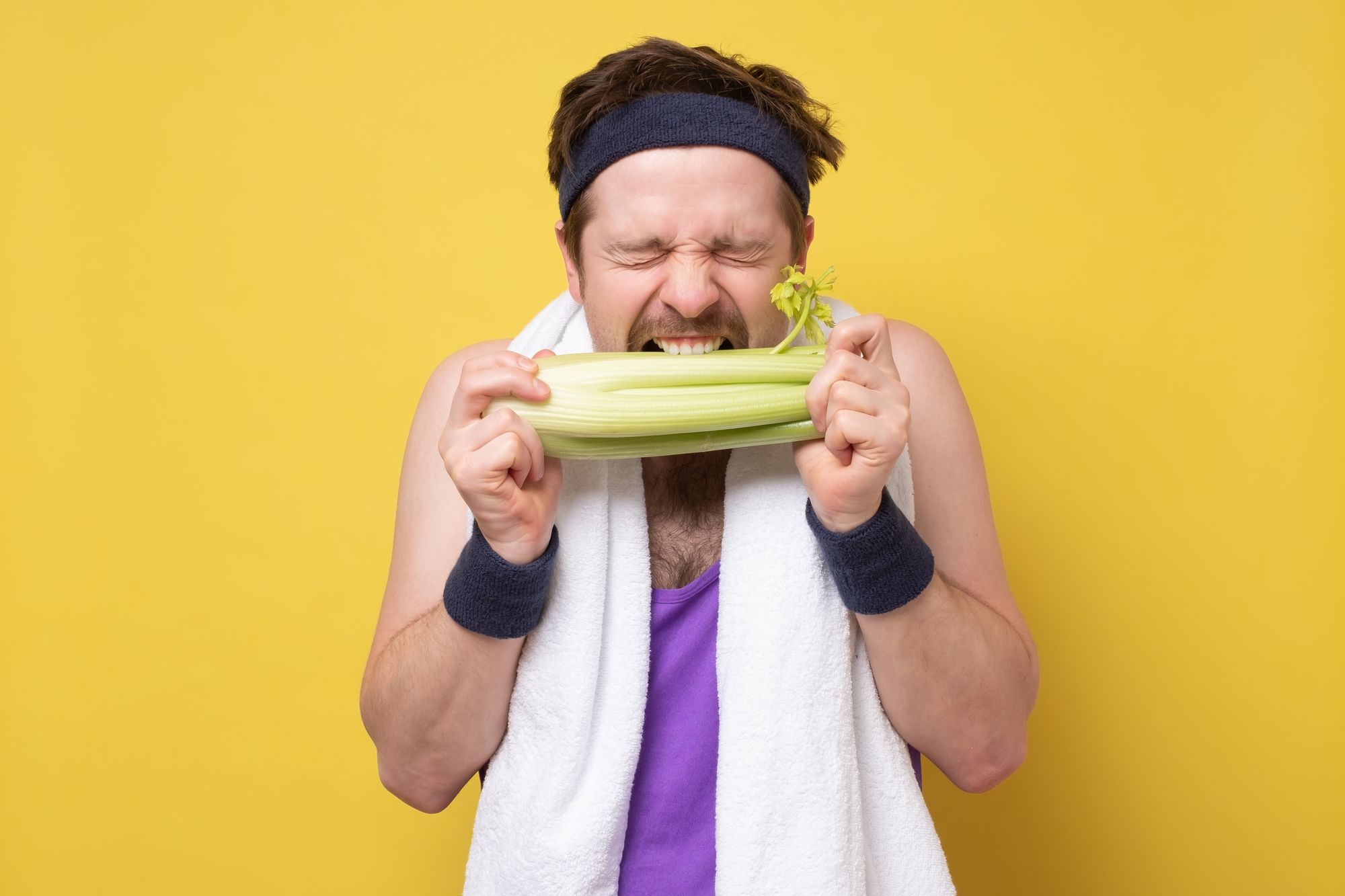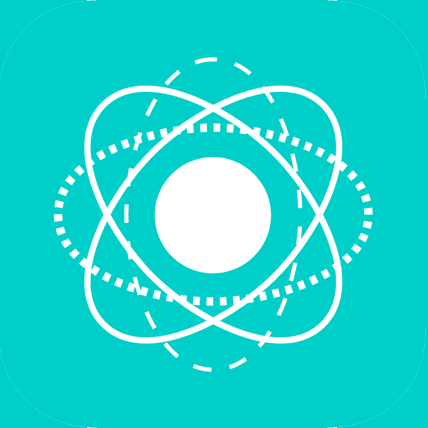How To Create Delicious Meal Plans You’d Eat for a High Protein Diet
There are countless meal plans suitable for a high-protein diet. But? None show you how to tailor recipes to your needs. So, let's change that.

This article was initially meant to replicate the millions (285,000,000, to be exact—the last I checked) already indexed by Google: mindlessly stuffed with recipes for various high-protein meals.
Now, don’t get me wrong. Will they help you meet your daily protein intake? Yes. Do they look delicious? Absolutely. Most also account for common dietary restrictions, from lactose intolerance to vegan to peanut allergies.
But? They don’t teach you how to tweak those recipes to suit your nutritional needs and/or lifestyle.
For instance, what if you have your heart set on a recipe, but it's just a tad high in dietary fat? That may compromise your carefully created calorie deficit.
As the cliché proverb goes, “Give a man a fish, and you feed him for a day. Teach him how to fish, and you feed him for a lifetime." 🎣
In this article, while we won't be taking you out to the sea (perhaps next time?), we will show you how to tailor meal plans for a high-protein diet to your specific preferences and needs.
#1: Calculate target daily protein intake
The most crucial step of all—i.e., do not skip!
If you're searching for meal plans suitable for a high-protein diet, you first need to know your optimal protein amount.
Accidentally eat too little, and you'll hurt your gains; accidentally overeat, and you significantly reduce the number of calories you can eat from other macronutrients (it's either that or you get yourself into a surplus).
So, how can you calculate your target daily protein intake? There are 2 ways, depending on your body weight:
2️⃣ If you’re more than 5 kg away from your target weight: Multiply your TARGET body weight (in kg) by the optimal protein intake, 1.6 g/kg to 2.2 g/kg.
Find more details on why more protein isn’t always necessarily better here:

#2: Curate a “roster” of go-to protein sources
I know you're excited about creating meal plans for a high-protein diet. But we need to hold on for a while because this upcoming step is crucial in helping you adjust, trim, and modify any recipes you see online.
And what do you need to do? Easy: come up with a list of protein sources you can—plus, let's not forget, are willing—to eat, then note how much protein they offer per 100 grams.
Here’s a list to help get you started:
🍗 Chicken thighs — 24 grams
🦆 Duck — 19 grams
🥩 Sirloin steak — 27 grams
🐟 Salmon — 24 grams
#3: Get inspired by delicious meal plans for a high protein diet online
As a recap, you now know 2 things: 1) how much protein you need to eat daily, and 2) how much protein 100 grams of XXX protein source gives you.
Where do you go from here? Well, it all depends on the number of meals you plan to have. Just so you know, research shows evenly splitting your protein intake over 3 to 5 meals results in optimal muscle growth—so those who need to fit a large amount of protein within a day may find 5 meals necessary.
Here, I’ll assume that you:
- Need to eat 121 grams of protein daily, and
- Are splitting that over 4 meals
This likely means you’ll need to source for the following meal plans (suitable for a high-protein diet, of course):
- Breakfast (Meal #1)
- Lunch (Meal #2)
- Mid-afternoon snack (Meal #3)
- Dinner (Meal #4)
Example of meal plans for a high-protein diet
You should be familiar with this next step: now, all you have to do is search for "high-protein breakfast ideas", "high-protein lunch ideas", etc., on Google.
Here's an example of meal plans I came up with based on one website:
Breakfast
- Poached eggs with broccoli, tomatoes, and wholemeal flatbread (22 grams of protein)
- Baked salmon and eggs (15 grams of protein)
- Protein pancakes (29 grams of protein)
Lunch
- Spicy Cajun chicken quinoa (47 grams of protein)
- Turkey meatballs with citrus couscous (36 grams of protein)
- Wild salmon veggie bowl (39 grams of protein)
Mid-afternoon snack
- Nut and raisin protein balls (10 grams of protein)
- Choc chunk & high fruit granola (8 grams of protein)
- Berry Bircher (13 grams of protein)
Dinner
- Steak & aubergine salad (23 grams of protein)
- Cheesy seafood bake (49 grams of protein)
- Cod puttanesca with spinach & spaghetti (36 grams of protein)
Bonus tip: choose recipes built around foods that’ll help you stay fuller for longer.

I’ll then come up with a combination that allows me to hit ~121 grams of protein daily:
- Breakfast: Protein pancakes
- Lunch: Spicy Cajun chicken quinoa
- Mid-afternoon snack: Choc chunk & high fruit granola
- Dinner: Cod puttanesca with spinach & spaghetti
- Total: 120 grams of protein
#4: Tweak meal plans where necessary
But what if you can’t make the numbers work? Well, that’s where you’ll need to tweak the recipes. Here are a few workarounds:
If you’re too high on protein
- Reduce the protein portion (e.g., use 150 grams of salmon instead of 200 grams)
- Cut out high-protein sauces, condiments, and sides
If you’re low on protein
- Increase the protein portion
- Supplement with a protein shake (psst: find out if you should drink your protein shake right before bed here)
If you exceed your calorie budget
- Cook with less oil or butter
- Forgo the sauces (they’re often calorie-dense)
- Swap out the asked-for protein source for a leaner cut (e.g., use chicken breast instead of chicken thighs)
Thinking cooking high-protein meals are expensive? It doesn’t have to be this way:

And, perhaps, the question you’ve been asking yourself: should you be in a calorie deficit for life? Get answers below.

Takeaway
Alright, that should have given you a clear idea of how you can go about creating meal plans for a high-protein diet in a way that fits your nutritional and lifestyle needs.
Oh, and don’t worry if you cannot eat meat—we’re currently working on a vegan-friendly version of this article, so keep your eyes peeled for that!
But in the meantime, you may wish to check out the following article:

Also, don't forget to supplement your muscle-building effort with hard work in the gym. And if you need help with training, check out GymStreak: the smart, AI-powered personal trainer app that’ll tailor your workout plans to your:
- Fitness goals
- Lifting experience
- Ideal training frequency AND
- Equipment availability
See it in action here:


